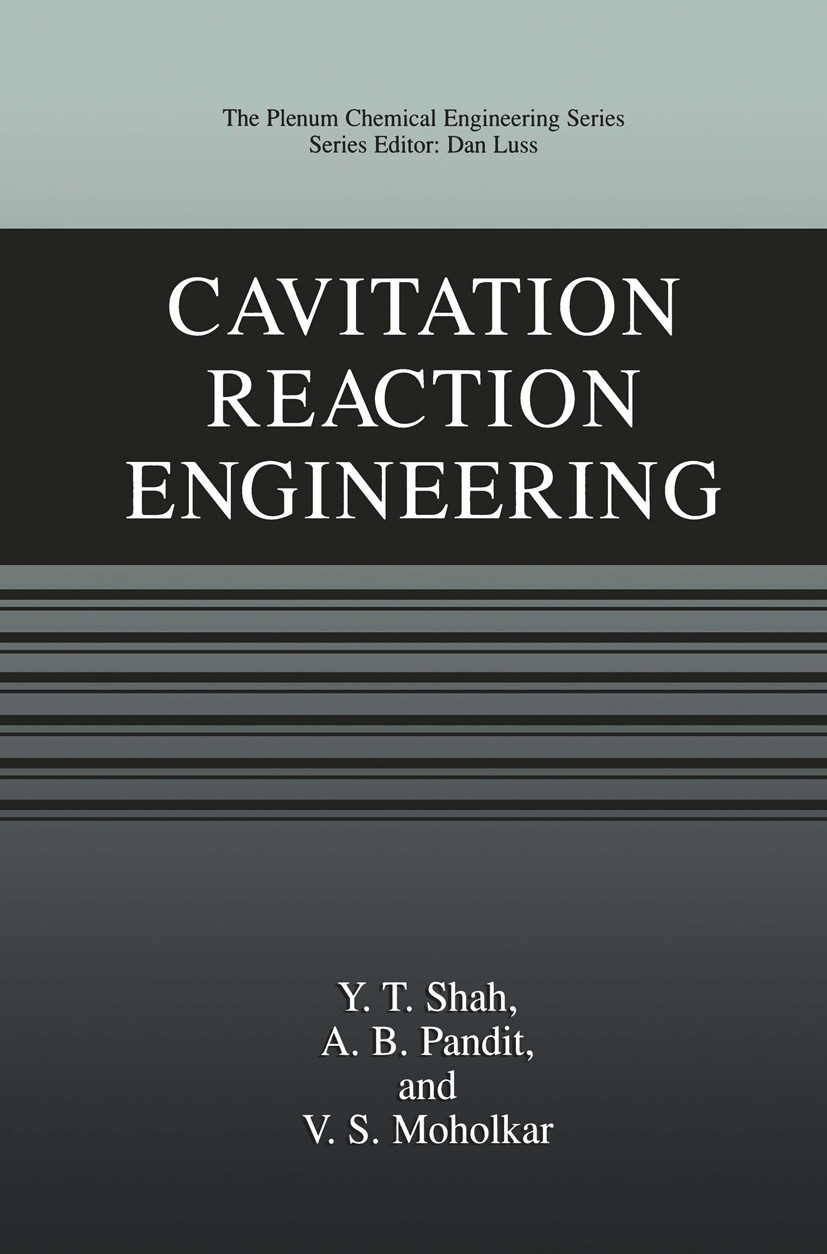| 书目名称 | Cavitation Reaction Engineering | | 编辑 | Y. T. Shah,A. B. Pandit,V. S. Moholkar | | 视频video | http://file.papertrans.cn/223/222686/222686.mp4 | | 丛书名称 | The Plenum Chemical Engineering Series | | 图书封面 |  | | 描述 | The literature on cavitation chemistry is ripe with conjectures, possibilities, heuris tic arguments, and intelligent guesses. The chemical effects of cavitation have been explained by means of many theories, consisting of empirical constants, adjustable parameters, and the like. The chemists working with cavitation chemistry agree that the phenomenon is very complex and system specific. Mathematicians and physi cists have offered partial solutions to the observed phenomena on the basis of cavitation parameters, whereas chemists have attempted explanations based on the modes of reaction and the detection of intermediate chemical species. Nevertheless, no one has been able to formulate a unified theme, however crude, for its effects on the basis of the known parameters, such as cavitation and transient chemistry involving extremely high temperatures of nanosecond durations. When one surveys the literature on cavitation-assisted reactions, it is clear that the approach so far has been "Edisonian" in nature. While a large number of reactions have showed either enhanced yields or reduced reaction times, many reactions have remained unaffected in the presence of cavitation. The succes | | 出版日期 | Book 1999 | | 关键词 | chemistry; health; heat transfer; industry; polymer; scaling; temperature; transport; water; air pollution an | | 版次 | 1 | | doi | https://doi.org/10.1007/978-1-4615-4787-7 | | isbn_softcover | 978-1-4613-7168-7 | | isbn_ebook | 978-1-4615-4787-7Series ISSN 1566-7944 | | issn_series | 1566-7944 | | copyright | Springer Science+Business Media New York 1999 |
The information of publication is updating

|
|
 |Archiver|手机版|小黑屋|
派博传思国际
( 京公网安备110108008328)
GMT+8, 2025-11-16 21:49
|Archiver|手机版|小黑屋|
派博传思国际
( 京公网安备110108008328)
GMT+8, 2025-11-16 21:49


